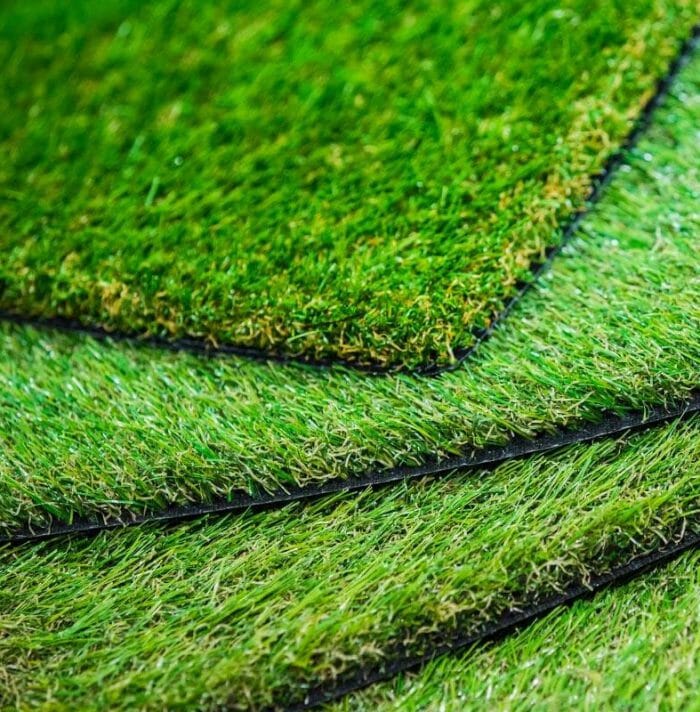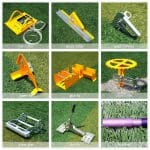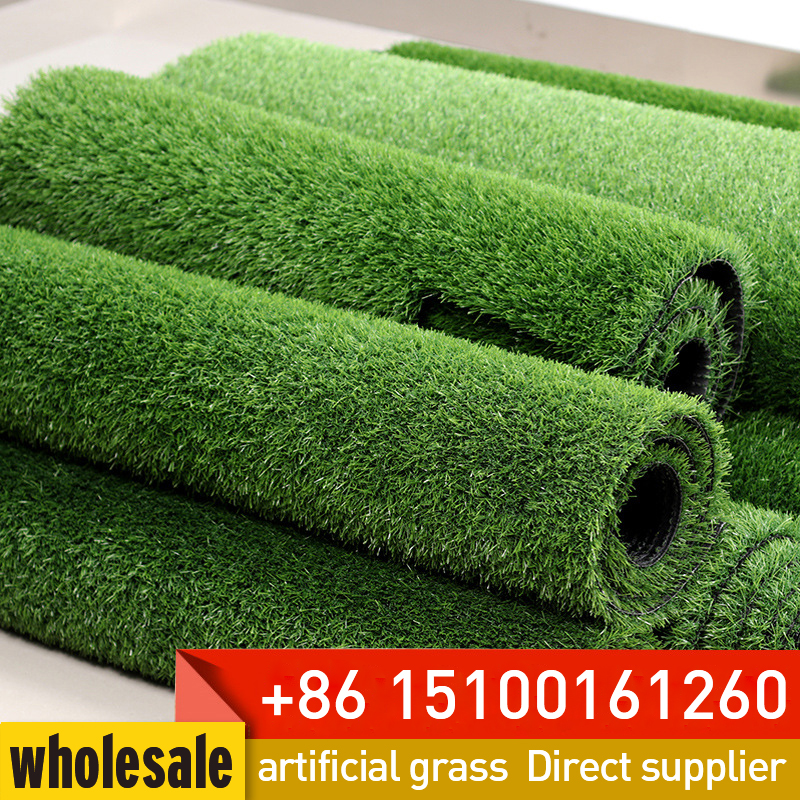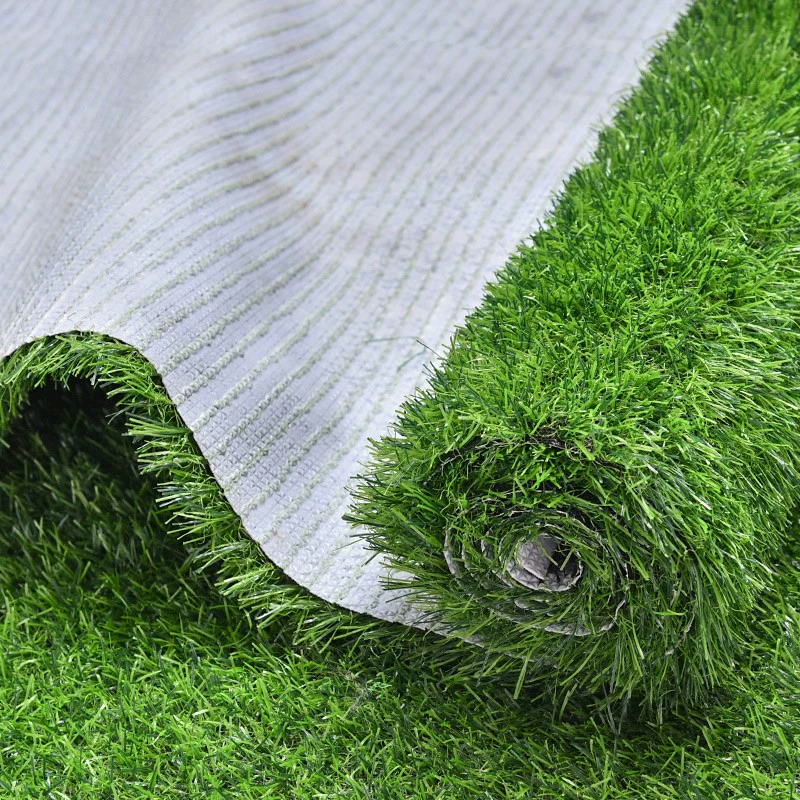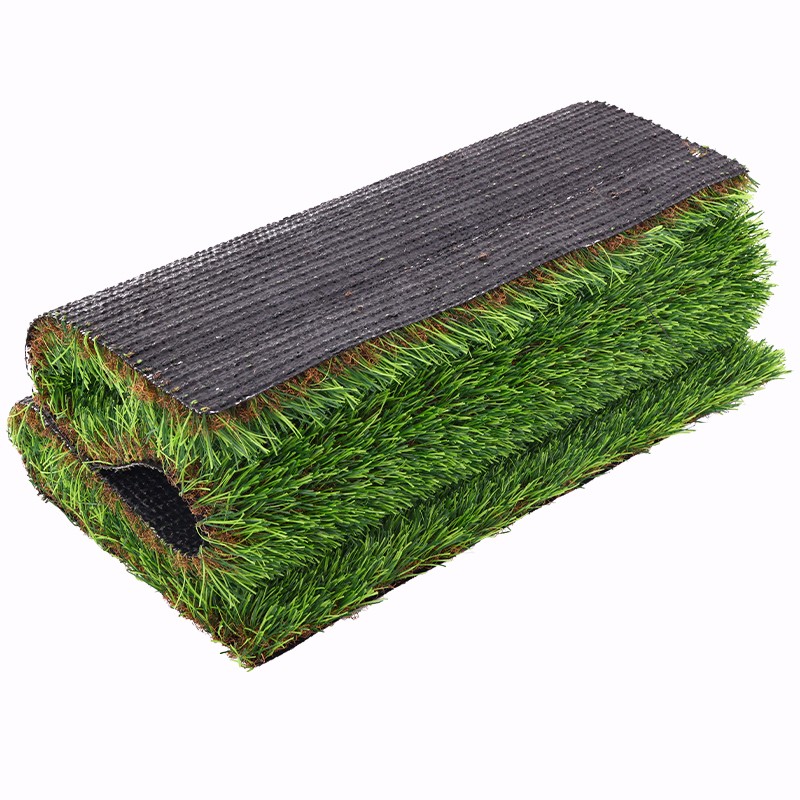
Choosing the right artificial grass for your needs involves considering several factors to ensure it meets your specific requirements and preferences. Here’s a step-by-step guide to help you make an informed decision:
1. Define Your Purpose:
Determine the primary purpose of the artificial grass. Are you installing it for landscaping, a sports field, a pet area, or a play space for children? Knowing the purpose will help you choose the appropriate type.
2. Consider Traffic and Use:
Think about the level of foot traffic or activity the area will experience. Different artificial grass varieties are designed to withstand varying levels of wear and tear.
3. Choose the Pile Height:
The pile height refers to the length of the grass blades. Shorter piles (around 20-30 mm) are ideal for sports fields, while longer piles (30-50 mm) offer a more realistic appearance and are great for landscaping.
4. Select the Density:
The density of the artificial grass affects its durability and appearance. Higher density options provide a lush and full look, making them suitable for landscaping and high-traffic areas.
5. Consider the Fiber Material:
Artificial grass fibers are typically made of polyethylene or polypropylene. Polyethylene is more realistic in appearance and softer to the touch, making it a popular choice for residential landscapes.
6. Evaluate Color and Texture:
Choose a grass color and texture that complement your surroundings. Look for variations in color and subtle details to mimic the appearance of natural grass.
7. Check for UV Resistance:
Ensure that the artificial grass you select is UV-resistant. This feature helps prevent fading and ensures the grass maintains its color over time, even in direct sunlight.
8. Assess Drainage System:
Good drainage is essential, especially if the grass will be exposed to rain or if you have pets. Opt for artificial grass with an efficient drainage system that allows water to flow through easily.
9. Consider Maintenance Requirements:
Artificial grass typically requires less maintenance than natural grass, but there may still be differences in terms of brushing, cleaning, and infill. Choose a variety that aligns with your maintenance preferences.
10. Infill Material:
Some artificial grass systems use infill materials like silica sand or rubber granules to provide stability and cushioning. Discuss the options with your supplier to determine which is best for your needs.
11. Installation:
Consider whether you’ll install the artificial grass yourself or hire a professional. Some types of artificial grass may be easier for DIY installation than others.
12. Budget:
Determine your budget for the project. Artificial grass prices can vary significantly based on quality and features, so be clear about your budget constraints.
13. Samples and Reviews:
Request samples of the artificial grass options you’re considering and read reviews from other customers to get a sense of their experiences.
14. Warranty:
Check if the manufacturer offers a warranty for the artificial grass. A warranty can provide peace of mind regarding the product’s quality and longevity.
By carefully considering these factors and discussing your needs with a reputable artificial grass supplier or installer, you can choose the right artificial grass that aligns with your requirements and preferences, ensuring a successful installation that meets your expectations.


